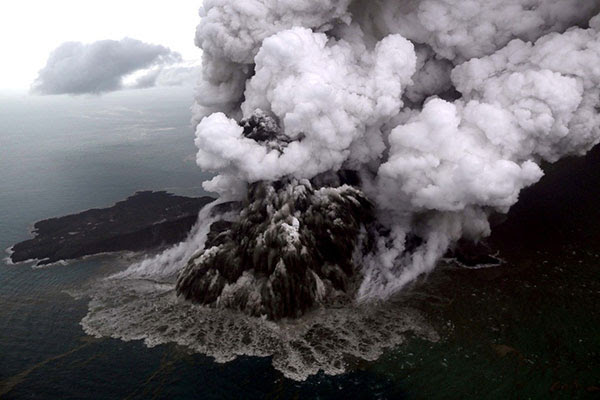
When Anak Krakatau in Indonesia erupted on 22 December 2018, part of the island collapsed into the ocean, causing a deadly tsunami. (Nurul Hidayat/Antara Foto/Bisnis Indonesia via Reuters)
The new science of volcanoes
On 22 December 2018, the southern flank of the Anak Krakatau volcano in Indonesia plunged into the sea, causing tsunami waves that killed at least 430 people. Multiple instruments had been recording signs of unusual activity for months, but the collapse still caught scientists by surprise. Researchers hope to use new machine-learning techniques to make sense of an increasing wealth of available information — including data from volcanic-gas signals, precision topographic mapping and infrasound sensing. “I think that when people look back on this period, they will imagine this is the golden era of physical volcanology,” says volcanologist Christopher Kilburn.
Nature | 13 min read






















No hay comentarios:
Publicar un comentario